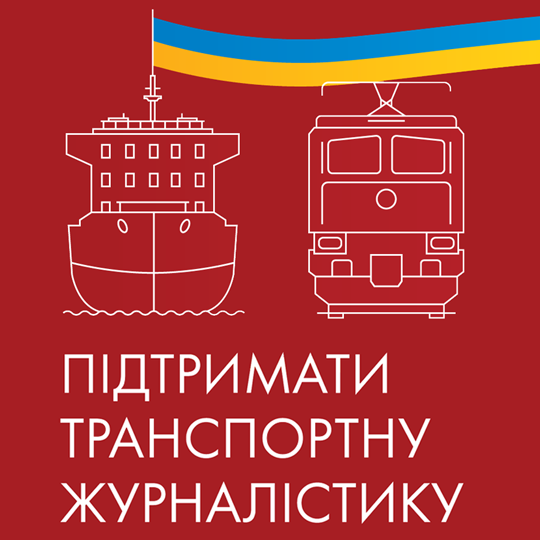The East Poland House in Brussels has presented a project for restoration of the waterway from Gdansk (Poland) to Kherson (Ukraine). The project was presented in the capital of the European Union as part of the "Eastern Partnership Days" in Brussels, which took place from 4 to 6 November. This was reported by the Interaction Fund (Belarus), which is one of the partners in the project.
The E-40 waterway, which connects Gdansk on the Baltic Sea and Kherson on the Black Sea via Brest and Pinsk, is currently unnavigable in the Western Bug section between Warsaw and Brest. In addition, outdated hydraulic engineering structures on River Vistula make passage of large barges through the river impossible. In 2013, only 214 kilometers (or 5.9%) out of 3,655 kilometers of Poland’s inland waterways comply with classes IV and V of the European Agreement on Main Inland Waterways of International Importance.
A fully functioning E-40 waterway will allow Poland to transport its own products and transit goods from the ports of Gdansk and Gdynia to eastern and southern Europe and Asia.
The founders of the East Poland House in Brussels, which is promoting the project, are five eastern provinces of Poland where new, major logistics centers could emerge as a result of restoration of the E-40 waterway. Investors could also build such centers in Belarus and Ukraine. The planned construction of hydraulic engineering structures at the intersections of the E-40 will also demonstrate the feasibility of implementing large-scale infrastructure projects in the context of the Eastern Partnership.
The Warmian-Masurian, Kuyavian-Pomeranian, Lublin, Masovian, and Pomeranian provinces of Poland signed a special agreement on joint activities aimed at restoring the E-40 international waterway on 29 October 2014.
The next stage of the project will be the signing of a contract with the winner of an international tender to research the conditions for restoration of the E-40 waterway. A consortium of five organizations will research the economic, technical, legal, and environmental factors and propose the three best restoration scenarios.



